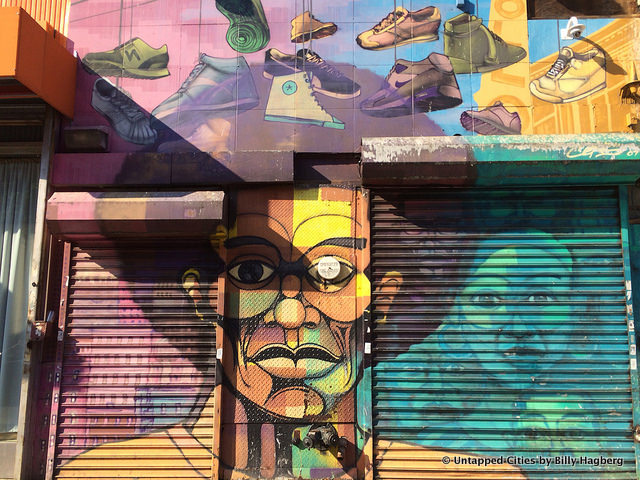Little Senegal, or “Le Petit Senegal” to many of the Francophone locals, is home to African immigrants from Senegal, the Ivory Coast, Ghana, Guinea, and more. It is centered around 116th Street and Lenox Avenue right in the middle of Harlem. Over the past 30 years, the population of immigrants from West African countries has slowly grown and expressed its influence in the area.
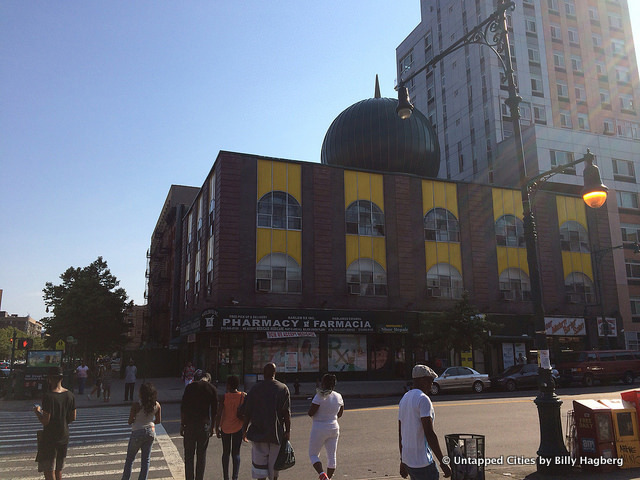
This section of the city has a long and storied past, from being one of the hotbeds of the Harlem Renaissance to serving as a major site of the Civil Rights and Black Arts movements. While the vibrant African-American culture is still present and thriving, the influx of African immigrants has exerted itself. African restaurants like Le Baobab and Africa Kine have sprung around classics like Sylvia’s, while renowned Ethiopian born/Swedish raised chef Marcus Samuelson’s Red Rooster blends traditional soul and African food seamlessly. There is also a permanent outdoor market in the area called “Malcolm Shabazz.”
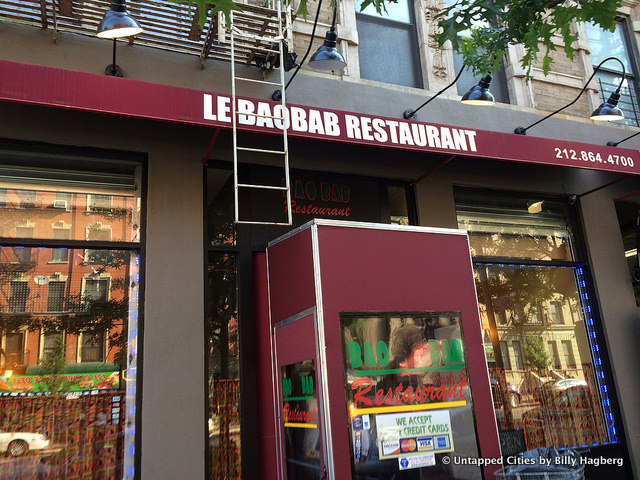
After chatting with some locals in The Red Rooster, this series of block has not always had the best reputation. However, the influx of Senegalese peoples has certainly introduced a residential element–as vice president of the Senegalese Association of America (located on 116th Street) El Hadji Fey told CNN, “We’re the ones who built Harlem.”
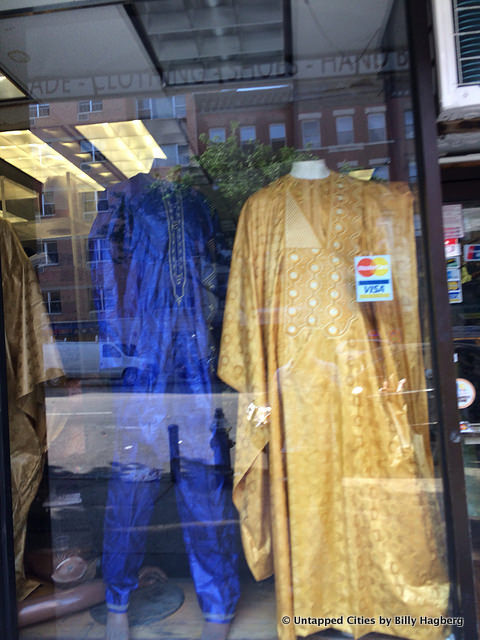
Businesses offer everything from traditional African clothing to cell phone plans with discount rates to Senegal or Ghana.
Little Senegal is not all just good restaurants and beautiful garments — according to Humanity in Action, a longing for home is the theme for many conversations in this neighborhood. Faced with the stagnant Senegalese economy, most West African immigrants, typical to the New York immigrant story, arrive to the city with hopes of taking their share of New York’s reportedly endlessly booming economy. Unfortunately, though, several immigrants are faced with a tension between the fast paced paperwork-filled New York lifestyle and the traditional West African family lifestyle.
Although Little Senegal offers a taste of home for West African immigrants, it is also sometimes viewed as a wall of separation for West Africans in New York — making more difficult the already onerous task of blending Senegalese and New York cultures. This speaks to the near universal issue of integration in New York: Honor cultural traditions, or blend into the hustle?
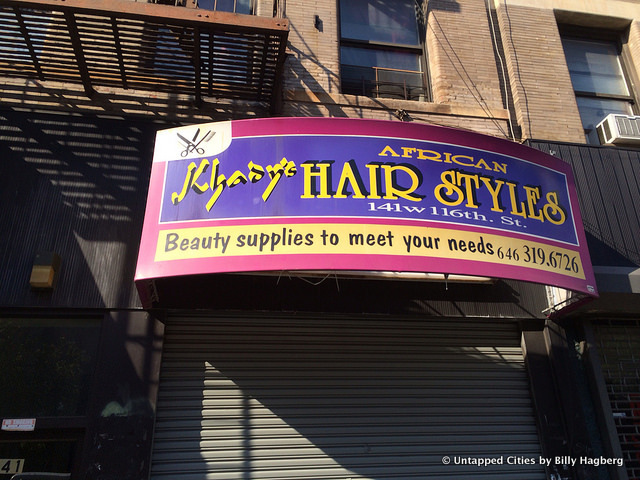
In all, Little Senegal offers a slice of not only Harlem’s incredible cultural past but also an incredible example of integration and acceptance of immigrant culture.
Get in touch with the author @jimipage26






